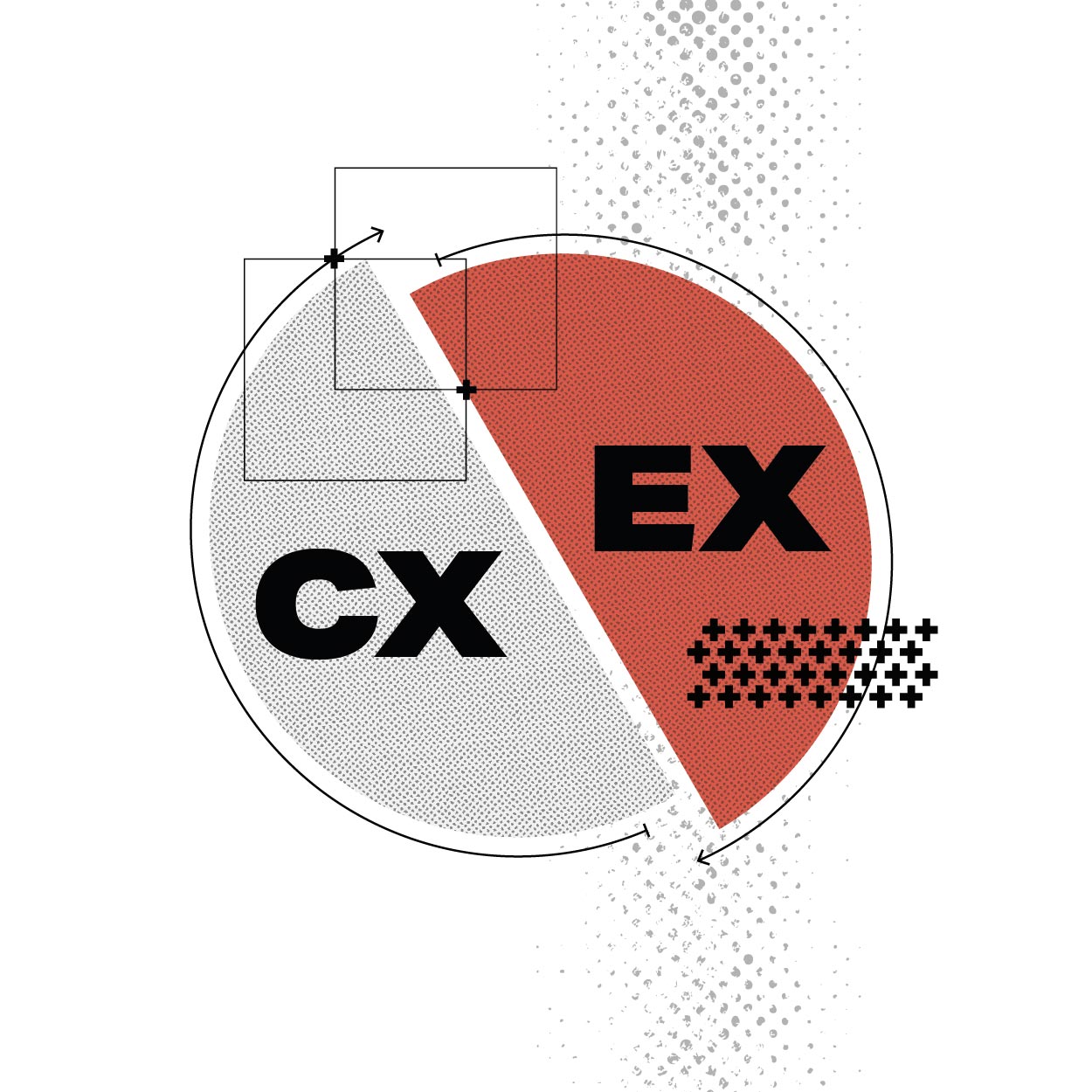

Misalignment between CX and EX hinders both sides of the experience. Initiatives that attempt to improve one without considering the other are bound to fail. The only way to meaningfully address either one is to design the entire service.
Nearly 30 years ago, the concept of the Service-Profit Chain illustrated how customer experience (CX) and employee experience (EX) are part of the same connected system. Every interaction that a customer has along their journey with a company—from how they become aware of a new offering, to their purchase, to their ongoing use, and every touchpoint in between—is enabled by the capabilities of an organization. And the most critical part of an organization’s capabilities is
its people.
Because CX represents a person’s comprehensive experience throughout their entire relationship with an organization, it cannot be separated from the employee experience. Initiatives that attempt to improve one without considering the other are bound to fail. The only way to meaningfully address either one is to design the entire service.
High-performing organizations today recognize that:
1. CX design can produce significant business results, in both product and service-based sectors.
2. Optimizing EX is a foundational way to retain talent, especially during the Great Resignation.
However, many organizations are still trying to address CX and EX challenges separately.
In principle, most leaders agree that CX and EX are dependent on each other: 55% of executives in a recent Harvard Business Review Analytic Services survey said they believe it is impossible to provide excellent CX without providing excellent EX. But in practice, their approach to improving the customer experience is often one-sided—usually due to established organizational silos or not being aware of a more holistic approach.
One-sided approaches cause a misalignment between CX and EX, hindering both sides of the experience. The result is higher customer churn, expensive employee turnover, and a damaged brand reputation.
Contrary to one-sided approaches, a service design approach recognizes that CX and EX are two parts of one cohesive system we design for.
A service design approach creates improvements for customers and employees and maps the effects of these improvements on the rest of the system. To map customer and employee actions within a system, service designers use a tool called a service blueprint.
Centered around the customer journey, a service blueprint defines how an organization’s capabilities (people, policies, processes, and systems) enable the customer’s experience. With this holistic perspective on the entire service, it’s easier to see where there is tension between the customer experience and the organization’s capabilities. Recognizing these tensions and the misalignment they cause is the first step in aligning the organization.

